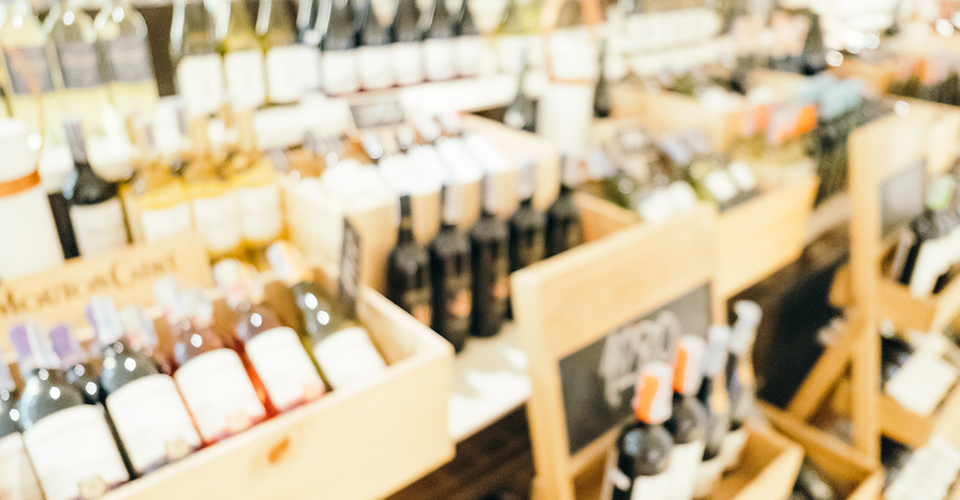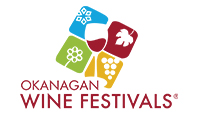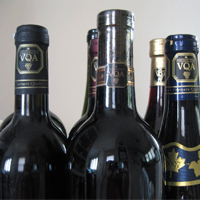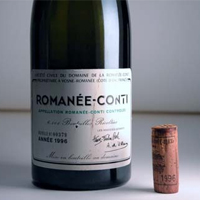One of the oldest forms of alcohol believed to have emerged in the year 7000 BC, wine is considered to be one of the few types of alcohol to affect the health of a person positively on controlled consumption. Our website has been created for the passionate wine lovers, that enables the users to have an insight into the winery industry including the history and formation of the drink. Considering the dynamic nature of the global economy, the sales of wines face enormous ups and downs across the world. We have compiled the sales data of wines from the last year to analyze the condition of the wine industry in the present economy.
It is of paramount importance to take into account various aspects like production and consumption before we move on to the step of analyzing the sale statistics of wine.
Production Analysis
Wine production on a global level declined in considerable proportions in the year 2016 as compared to the reports from 2015. Italy, one of the forerunners of the wine production industry, reduced its production by 2% whereas France reduced the production by a hefty 12% margin. The decline in the world wine production totaled to 5% which means the global wine production was decreased by almost 15 mhl, recording the lowest production level in the past two decades.
Consumption Analysis
Apart from the dynamic nature of the global wine production statistics, the global consumption level of wine (including the sparkling and special wines) seems to have minimal or no effect over the past 8 or 9 years. This stable nature of the consumption level was witnessed post the economy-shaking global crisis of 2008.
A gradual increase was witnessed as a part of the evolution of wine consumption statistics till it reached a level of almost 240 mhl in 2008 around the time of the global crisis. After the consumption level being estimated at 240 mhl in 2008, the level faced insignificant ups and downs throughout the next few years and is estimated at a level of 239 mhl in 2016. The primary consumers of the alcohol, United States, witness a gradual 6% increase in the consumption level from 2014 to 2016, while the second largest consumer country, Italy recorded a reduced consumption level (5.94%) in the same time period. Compiling the country-wise data of the varying wine consumption levels, the resulting change comes out to be an insignificant negative change amounting to 0.2%.
Trade Analysis (Sales)
The global market wine trade is largely centered on the European countries namely Italy, France, and Spain, with a large half of the exports (56%) being produced by these countries. In 2016, the global market witnessed a gradual but slightly higher than expected increase in terms of value (2%) as well as in terms of value (10%).
Taking into the account the various forms of wines, it was found that sparkling wine witnessed an 11% increase in value and a 4% increase in volume, bottled wine recorded a 10% increase in value and a 6% increase in volume, and Bulk wine recorded a 4% increase in value and a 0.8% decrease in terms of volume. Find some Top Rated Wines And Where To Get Them.
Conclusion
The global wine industry has witnessed gradual ups and downs over the years but it can still be considered an industry possessing a stable nature amidst a volatile dynamic economy.




















